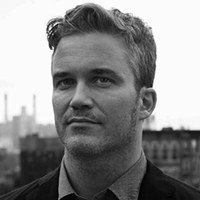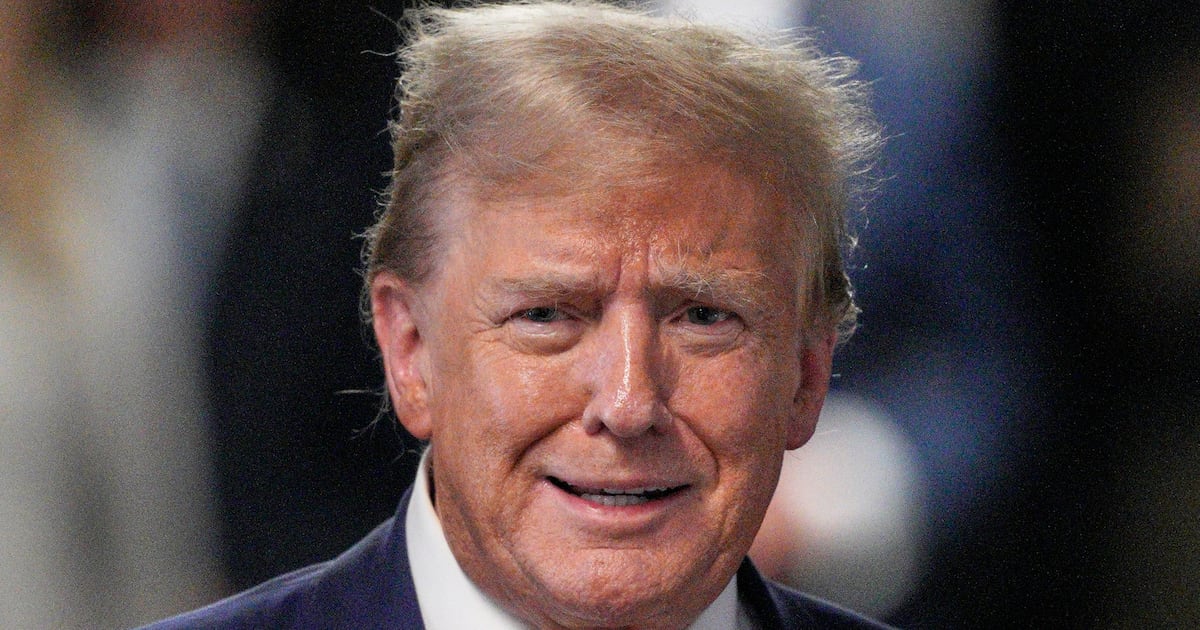In a massacre that shocked people around the world, three American women and six children were slaughtered by drug cartel sicarios in northern Mexico on Monday. They were killed in broad daylight while traveling in a convoy of SUVs. Several of them, including infant twins, burned to death when one of the cars exploded. Six more children were wounded.
More than 24 hours after the attack, Mexican security forces have not identified which drug cartel was responsible for the killing. What is known is that the victims, members of the extended LeBaron family with dual U.S.-Mexican nationality, were part of a Mexico-based offshoot of the Mormon church whose leaders have defied violent drug cartels in the past.
Mexican Security Secretary Alfonso Durazo has suggested that the victims, who were driving on a rural road in Sonora near the border of the state of Chihuahua and not far south of Arizona, may have been mistaken for a rival gang or even caught in the crossfire between warring groups.
There are many of those.
The area where Monday’s massacre occurred is believed to be territory still under the sway of the Sinaloa Cartel, formerly presided over by Joaquín “El Chapo” Guzmán, now in the U.S. Supermax prison. But it’s at war with rival groups, including remnants of the Juárez Cartel with an allied group called La Línea, and the fast-rising, incredibly ruthless Jalisco Cartel New Generation.
César Augusto Peniche, the attorney general of Chihuahua, told an interviewer from Imagen Radio on Tuesday that the deadly attack occurred in territory that is dominated by a group called the Jaguars, who are aligned with the Sinaloa Cartel.
But family of the victims, including a legislator who is a high-profile peace activist in Mexico, have disputed such official accounts. “This was no crossfire,” said Alex Le Baron, an elected deputy to the Chihuahua state legislature, during an interview on Mexico’s W Radio. Referring to the accounts of the incident provided by the children who survived, Le Baron called it an “ambush.”
“It couldn’t have been a mistake,” he said. “This is terrorism, plain and simple.”
On Wednesday, Mexico’s Ministerial Agency for Criminal Investigations announced it had detained an individual connected to the massacre. The ministry said the suspect was found with two bound-and-gagged hostages in the hills of Agua Prieta in the Mexican state of Sonora and suggested that the Jaguars offshoot may be responsible.
The massacre in Sonora is the latest in a series of troubling signs that the drug policy of Mexico’s new president, Andrés Manuel López Obrador, who has questioned the historic efficacy of the war on drugs, is ceding ground to suddenly emboldened drug cartels.
News reports emerged in the early hours of Wednesday morning of armed attacks at various points in the state capital of Chihuahua, including an assault on the offices of the district attorney. A separate armed attack was reported on the offices of the district attorney of Juárez, with one person wounded. Since October, there have been 14 state police officers ambushed and killed in the restive southern state of Michoacán; 13 people were killed in a failed operation to capture the son of “El Chapo” Guzmán.
The LeBaron family is part of a Mormon community that broke away from the Church of Jesus Christ Latter-day Saints in Utah over its crackdown against polygamy in the 1920s and later formed a sect in Mexico called the Church of the Firstborn.
In the intervening decades, the LeBaron community was an odd cultural fixture in the Mexican borderland, an affluent and orderly farming settlement as American as a Texas suburb, with around a thousand fluent Spanish-speaking inhabitants whose native tongue is English, most of whom share a last name in common.
The group’s trials were the stuff of local lore long before drug cartels entered the frame. Over the past decade, however, leading members of the LeBaron community have distinguished themselves as outspoken opponents to the growth of cartel-related kidnappings, extortion and killings in Mexico.
In 2009, the LeBaron community made worldwide news with a harrowing stand against a cartel in Chihuahua, not far from the U.S. border. A 16-year-old member of the community named Erick LeBaron was kidnapped and held for a $1 million ransom by a local drug cartel. The community assembled and decided not to pay the ransom but to wage a public campaign to pressure the government to take action and secure Erick’s release. Miraculously, the teen was returned without a cent changing hands.
If, by standing up to narcos, the LeBarons had briefly inspired Mexico with hope, their refusal to submit also appeared to infuriate a local cartel leader. Jose “El Rikin” Escajeda, who lived scarcely eight miles away from the prosperous settlement of apple, pecan, and chili farms known as Colonia LeBaron, ordered a team of armed assailants to take revenge.
Two months after the dramatic kidnap standoff, Benjamin LeBaron, who was Erick’s older brother and a leader of the protest campaign that helped secure his release, was abducted from his home in Colonia LeBaron along with his brother-in-law Luis Carlos Widmar, who had come to help.
Both men were shot and their bodies found at the side of the road a short distance from the community with a message attached linking the killings to the family’s public calls for increased policing in the area. (Escajeda, the alleged ringleader of a drug-trafficking family that runs a 120-mile smuggling corridor along Mexico’s border with Texas, was soon arrested for the murders.)
The extended community of exiled Mormons in Mexico dates back to 1886, when the Church of Jesus Christ of Latter-day Saints began cracking down on the practice of plural marriage, or polygamy. Alma Dayer LeBaron moved to Mexico with his two wives and children after he was excommunicated by the LDS church in 1924.
A self-styled seer of heavenly visions, LeBaron founded Colonia LeBaron as a home for the breakaway Mormon sect along a stretch of highway located four hours’ drive south of El Paso, Texas. That road has since become a major route for drug-trafficking into the United States.
Leaders of the LeBaron community have been among the most outspoken critics not only of cartel violence in Mexico but also of associated corruption within the law enforcement and military agencies tasked with quelling it.
In the aftermath of the 2009 murders, the LeBarons famously took up arms in violation of Mexican law and adopted military-style tactics to protect their community. Alex LeBaron, a brother of Benjamin’s who is a well-known state legislator in Chihuahua, told a news crew from Vice in 2012 that smuggling guns from the United States was “the only way to defend yourself.” (There is no indication that the women and children murdered on Monday were armed or protected by anyone with guns.)
Julián LeBaron, Benjamin and Alex’s brother, is a well-known activist who toured the country in 2011 with the Movement for Peace with Justice and Dignity, a group headed by the Mexican poet Javier Sicilia that publicly rejected the climate of lawlessness and fear fostered by organized crime.
The LeBarons have argued against laws in Mexico that make it difficult for citizens to obtain guns for self-defense. Eventually the Mexican government allowed them to set up armed citizens patrols. Federal authorities later set up a base and patrol inside the orderly community of Santa Fe-style houses that includes schools, parks, a basketball court, and a golf course.
Critics of the LeBarons note some of the more notorious members of the extended community and its schisms. An Ervil LeBaron was nicknamed “the Mormon Manson” for a killing spree he and his family unleashed on Mexico and the Southwest in the 1970s. Against victims who included his own wives and daughters, Ervil invoked a doctrine known as “blood atonement.” He died in prison in 1981 while serving a life sentence for murder. But the killings by his followers appear to have continued for years after his death. In 1993, a federal jury in Texas convicted three members of an offshoot of the community in the slayings of three former members and an 8-year-old child, according to the Los Angeles Times.
One community member, Brent LeBaron, told Vice that the clan’s decades of civil war taught relatives to look out for one another and served to toughen up the LeBarons for their subsequent confrontations with Mexican drug cartels. “Everyone was a watchman,” he said
The atmosphere of insecurity has shaken the government of the Mexican president, Andrés Manuel López Obrador, and the instability appears to be continuing. Lilly Rodriguez, a local reporter, told Milenio News that despite the horrific massacre on Monday, there was little time to reflect for residents in the state capital of Chihuahua. Rodriguez said the city is seized with panic after the armed assaults that rocked the city the night after the LeBaron massacre. The situation, Rodriguez said, “is totally out-of-control and generating panic among the citizenry.”







